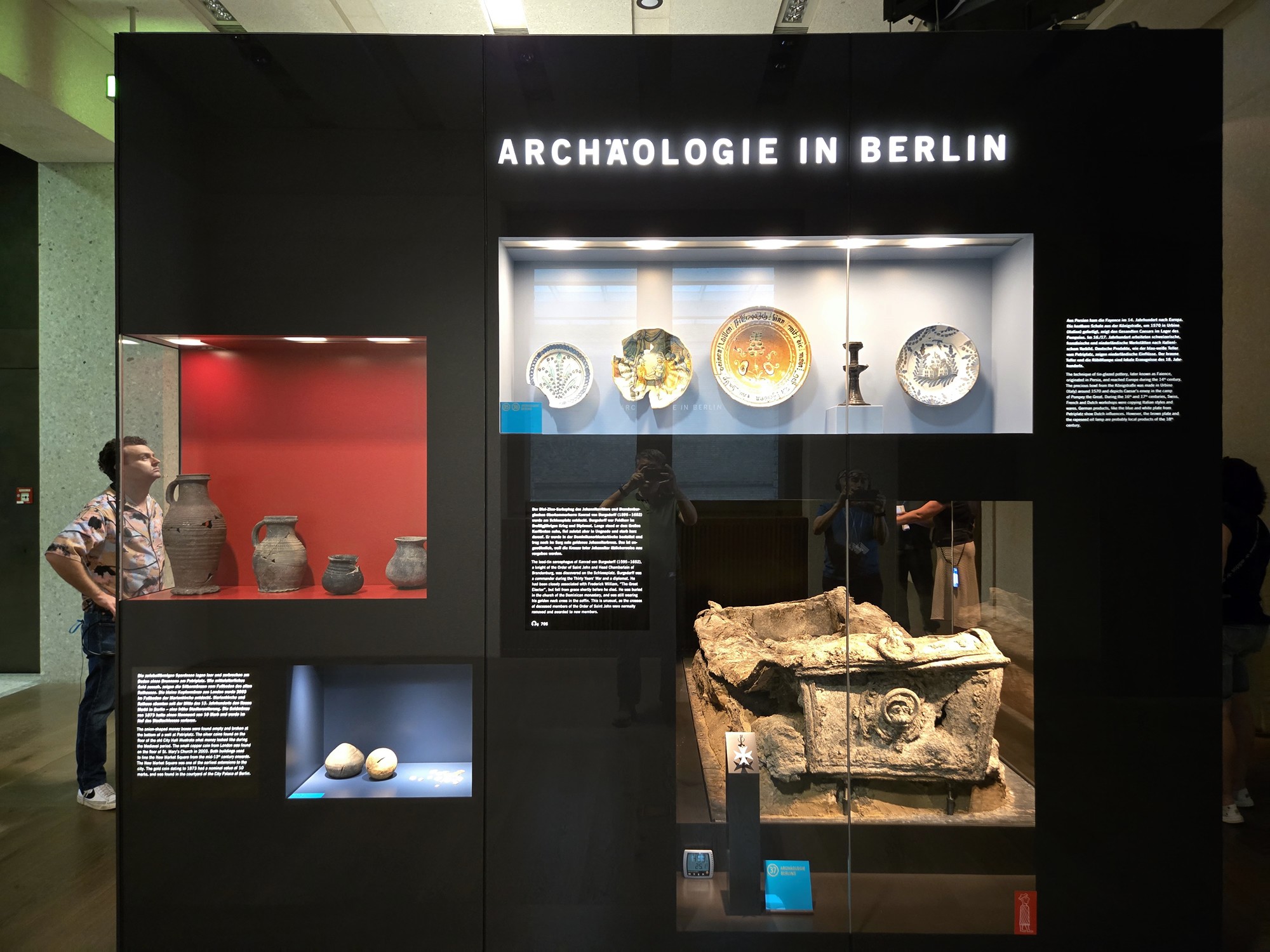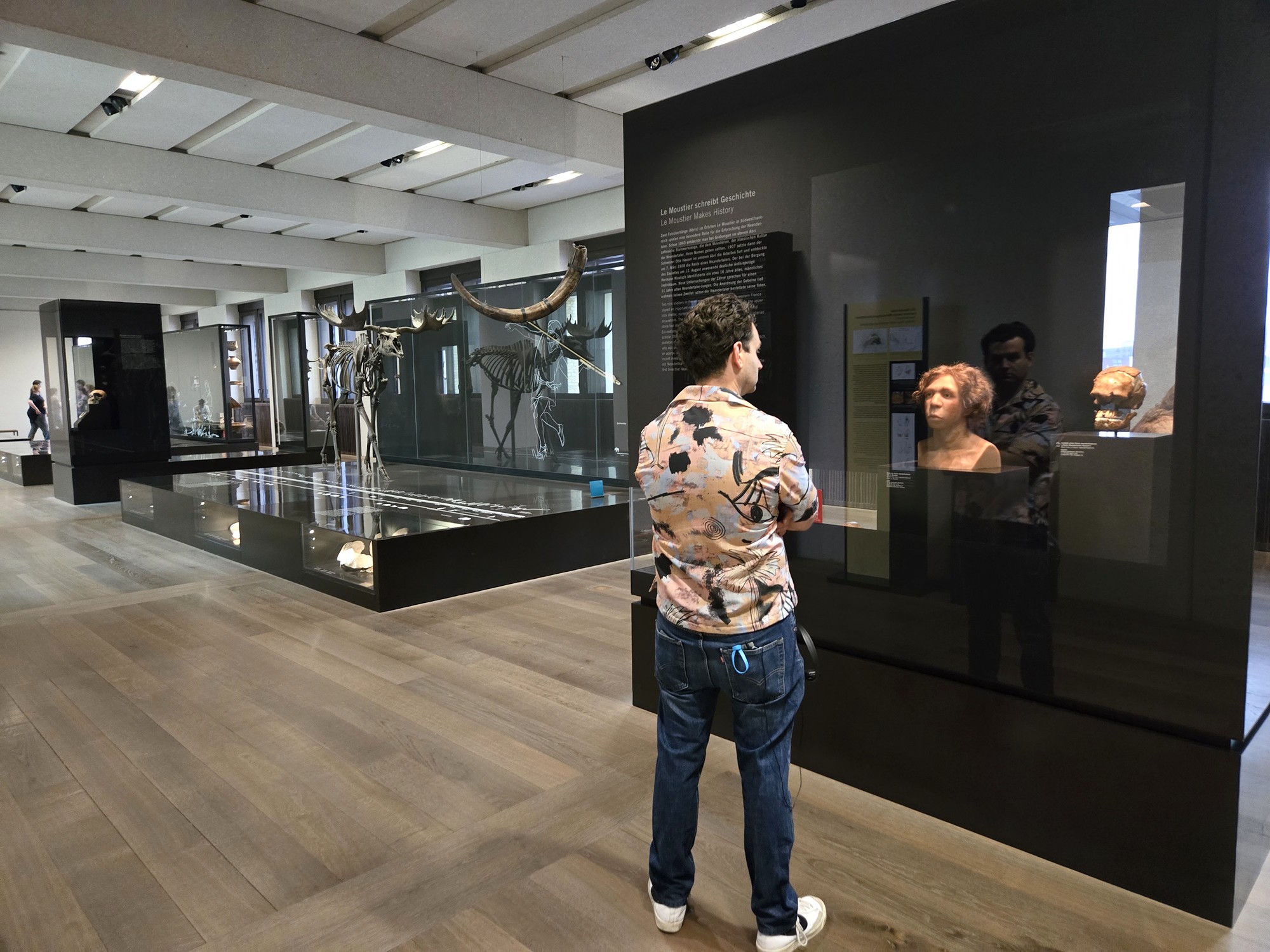Neues Museum, Berlin, Germany
The Neues Museum is renowned for its extensive collections of Egyptian art, prehistoric archaeology, and classical antiquities. 935
Neues Museum: Bodestraße 1-3, 10178 Berlin, Germany
Date Picture Taken: June, 2024
Built between 1843 and 1855, the Neues Museum was the second museum established on Museum Island, intended to accommodate the growing collections that could not be displayed in the Altes Museum.

The museum suffered extensive damage during World War II bombings and was left in ruins during the post-war period. A major restoration project began in the 1990s, led by British architect David Chipperfield.

The restoration aimed to preserve the historical remnants while integrating modern architectural elements. The Neues Museum reopened to the public in 2009 after being closed for 70 years.

As the poster on the museum shows in the picture below, the museum’s most important collection is the Bust of Nefertiti.
This exquisite limestone bust, dating back to around 1345 BCE, depicts Queen Nefertiti, the wife of Pharaoh Akhenaten. Discovered in 1912 by German archaeologist Ludwig Borchardt at Amarna, it is celebrated for its craftsmanship and has become a symbol of ancient Egyptian art.
But I could not take a picture of it because this item was not allowed for picture taking.

The Classical, Hellenistic and Roman Periods



The Egyptian Collection
The museum’s main collection consists of Egyptian artifacts. I decided to casually visit the Egyptian artifacts in this museum because I have already been to many Egyptian museums worldwide.
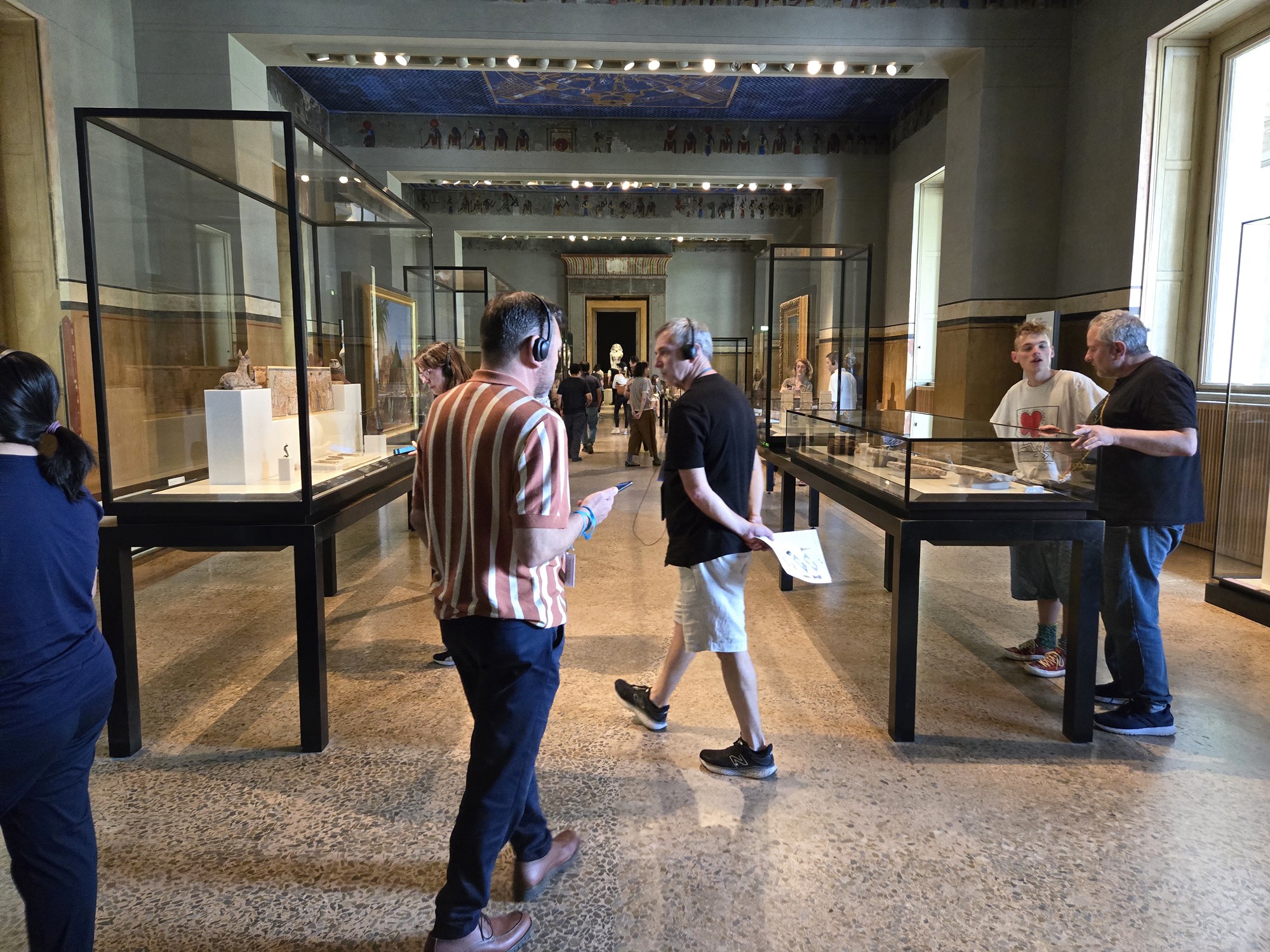















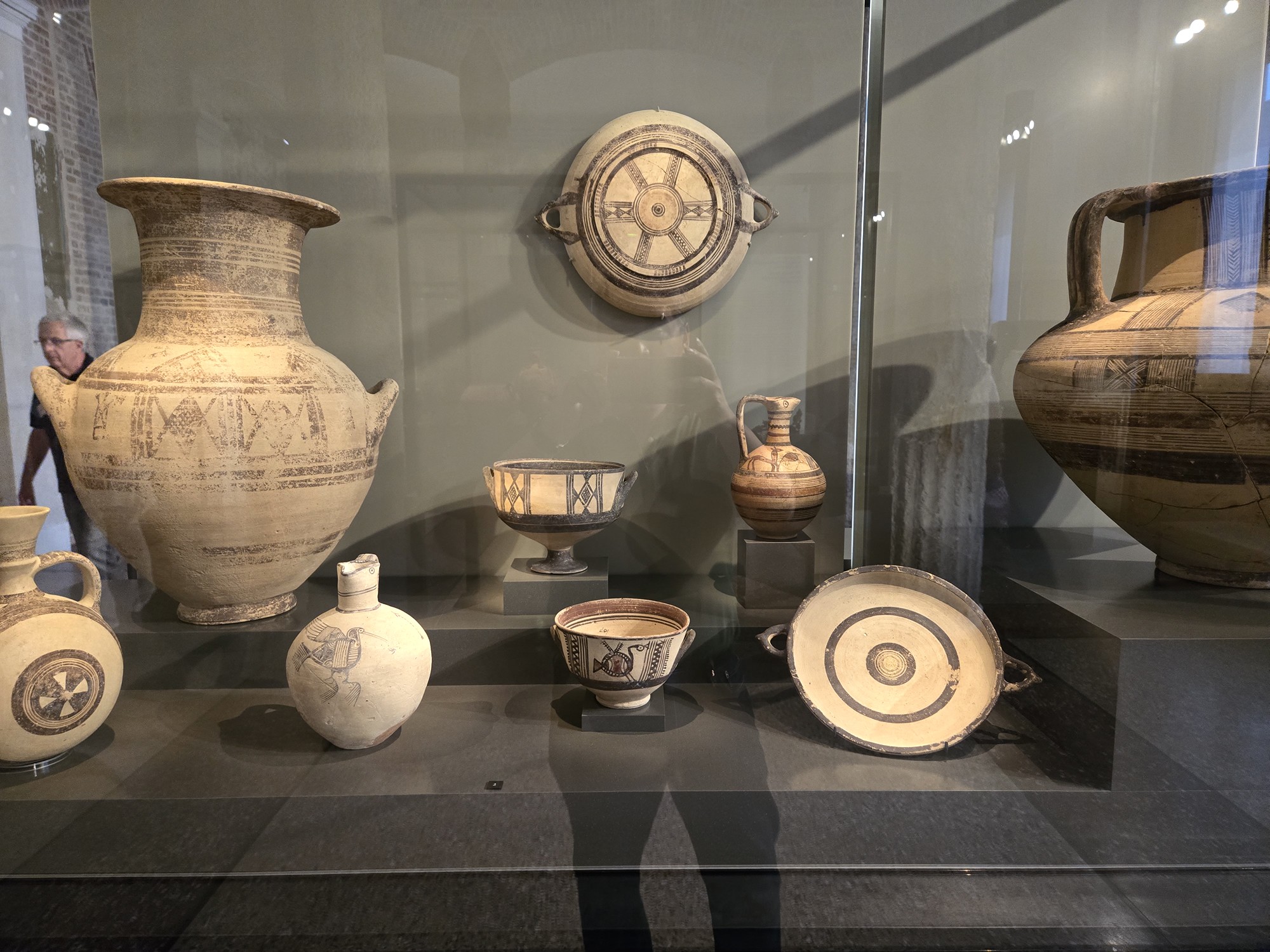






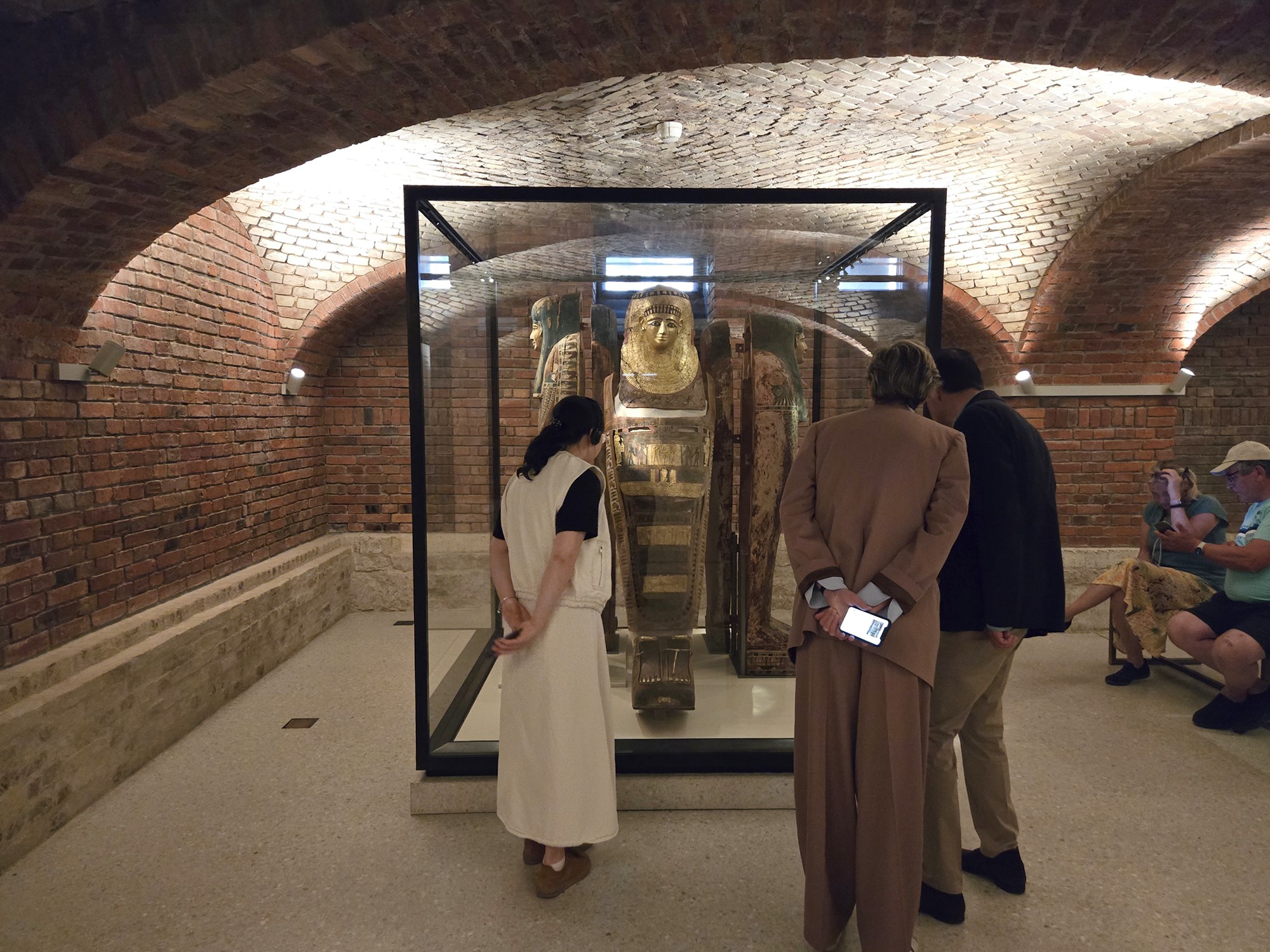



The Book of the Dead.
The Egyptian Book of the Dead is an ancient collection of funerary texts consisting of spells, prayers, and incantations intended to assist the deceased in navigating the afterlife, known as the Duat. The texts were written on papyrus scrolls, tomb walls, coffins, and sarcophagi, and were an essential part of ancient Egyptian burial practices from the beginning of the New Kingdom period (around 1550 BCE) until the end of the Ptolemaic Period (around 30 BCE).
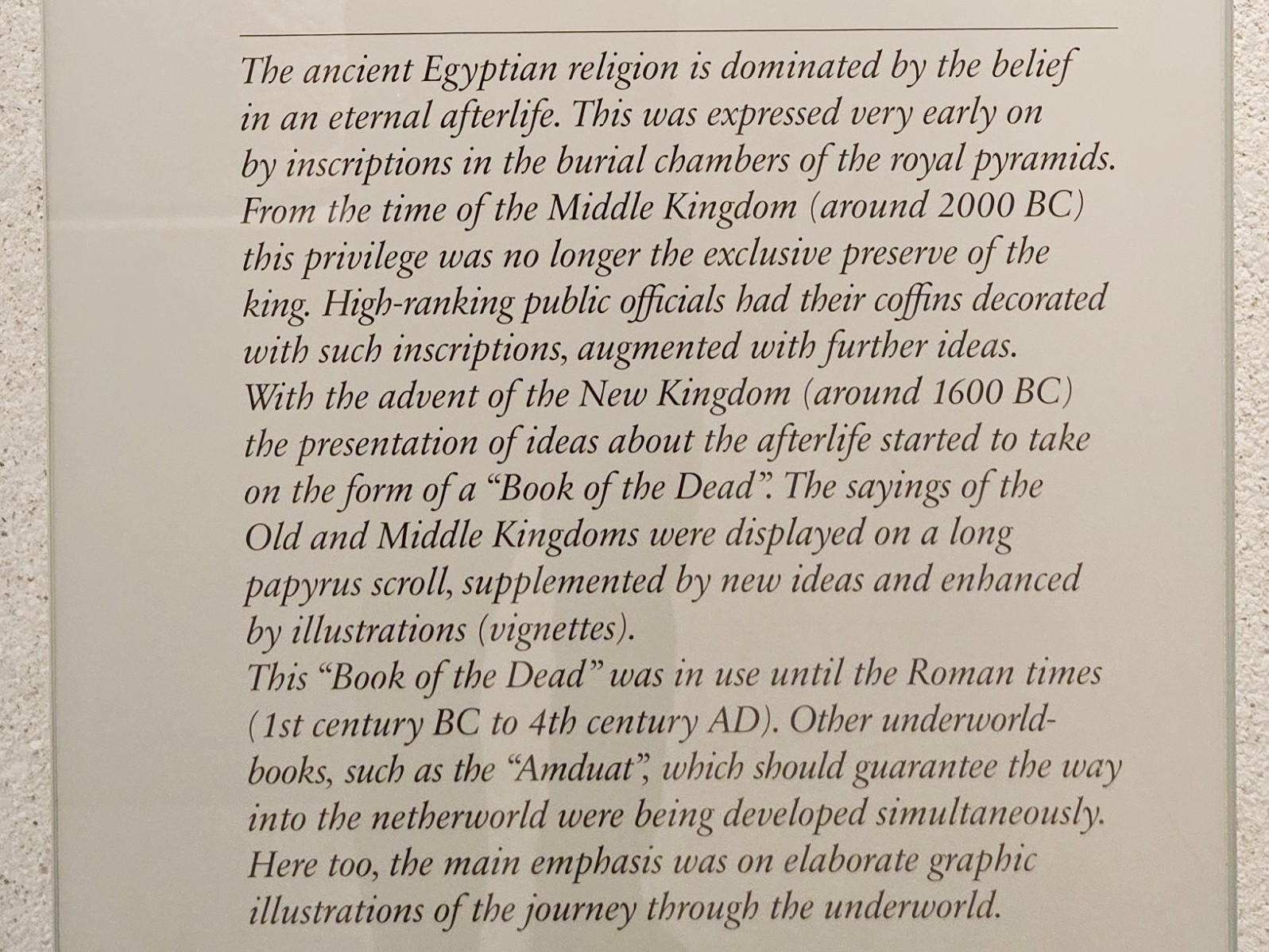

Origins: The Book of the Dead evolved from earlier funerary texts such as the Pyramid Texts (Old Kingdom) and the Coffin Texts (Middle Kingdom). These earlier texts were reserved for pharaohs and nobility, but the Book of the Dead became more widely accessible during the New Kingdom.

Purpose: The texts were designed to guide the soul (ka) through the dangers of the afterlife and to ensure safe passage to the Field of Reeds, a paradisiacal realm where the deceased could live eternally.


Spells and Chapters: The Book of the Dead is not a single, standardized book but a compilation of approximately 200 spells. Different versions contain varying numbers of spells, and no two copies are exactly alike.


Illustrations (Vignettes): Many versions include elaborate illustrations depicting scenes from the afterlife, gods and goddesses, and symbolic imagery to accompany the spells.
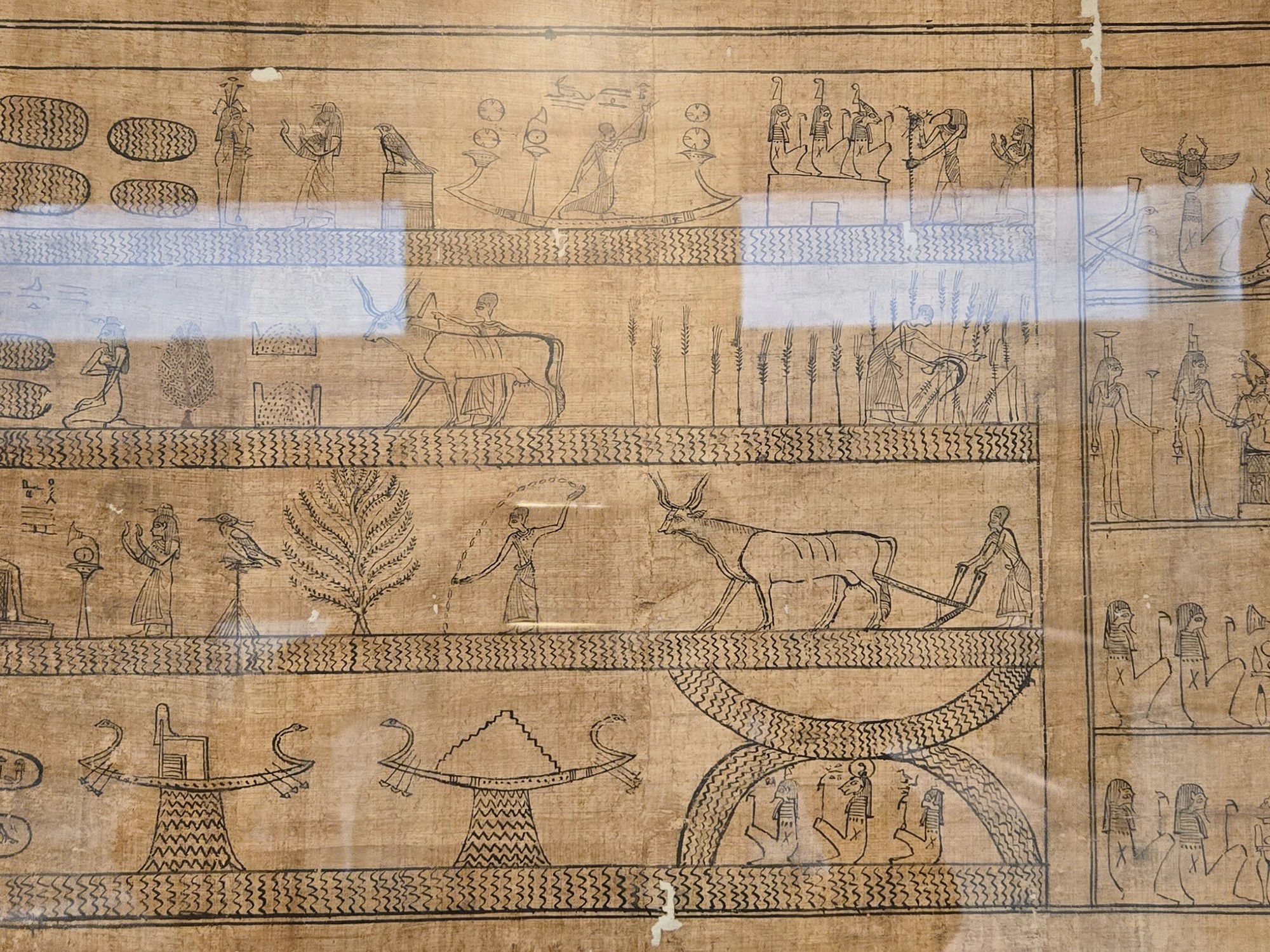
Ancient Egyptians believed that life continued after death in a form similar to earthly existence. The afterlife was fraught with challenges, and the Book of the Dead provided knowledge and magical assistance to overcome them.











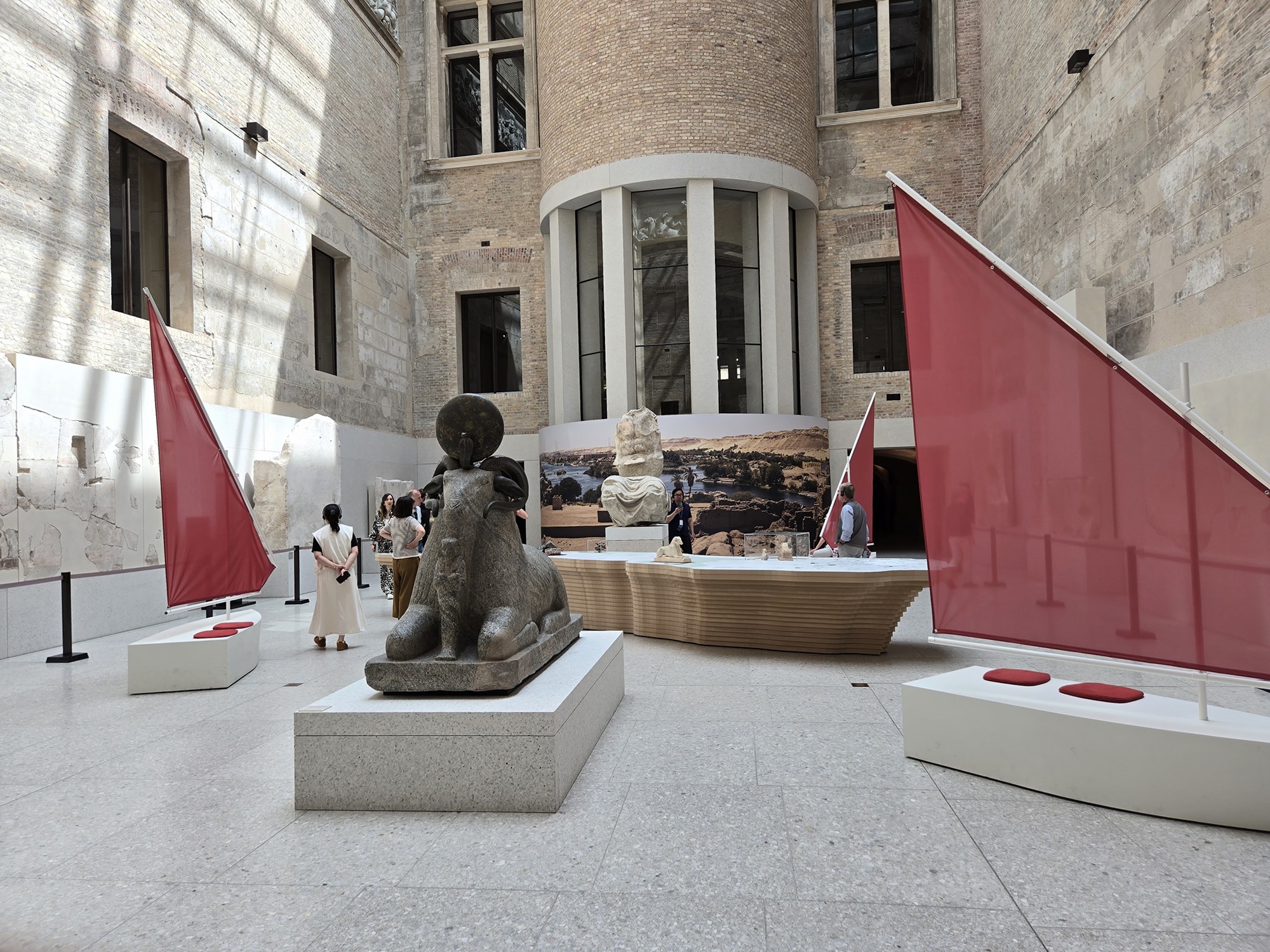


Early European Artifacts






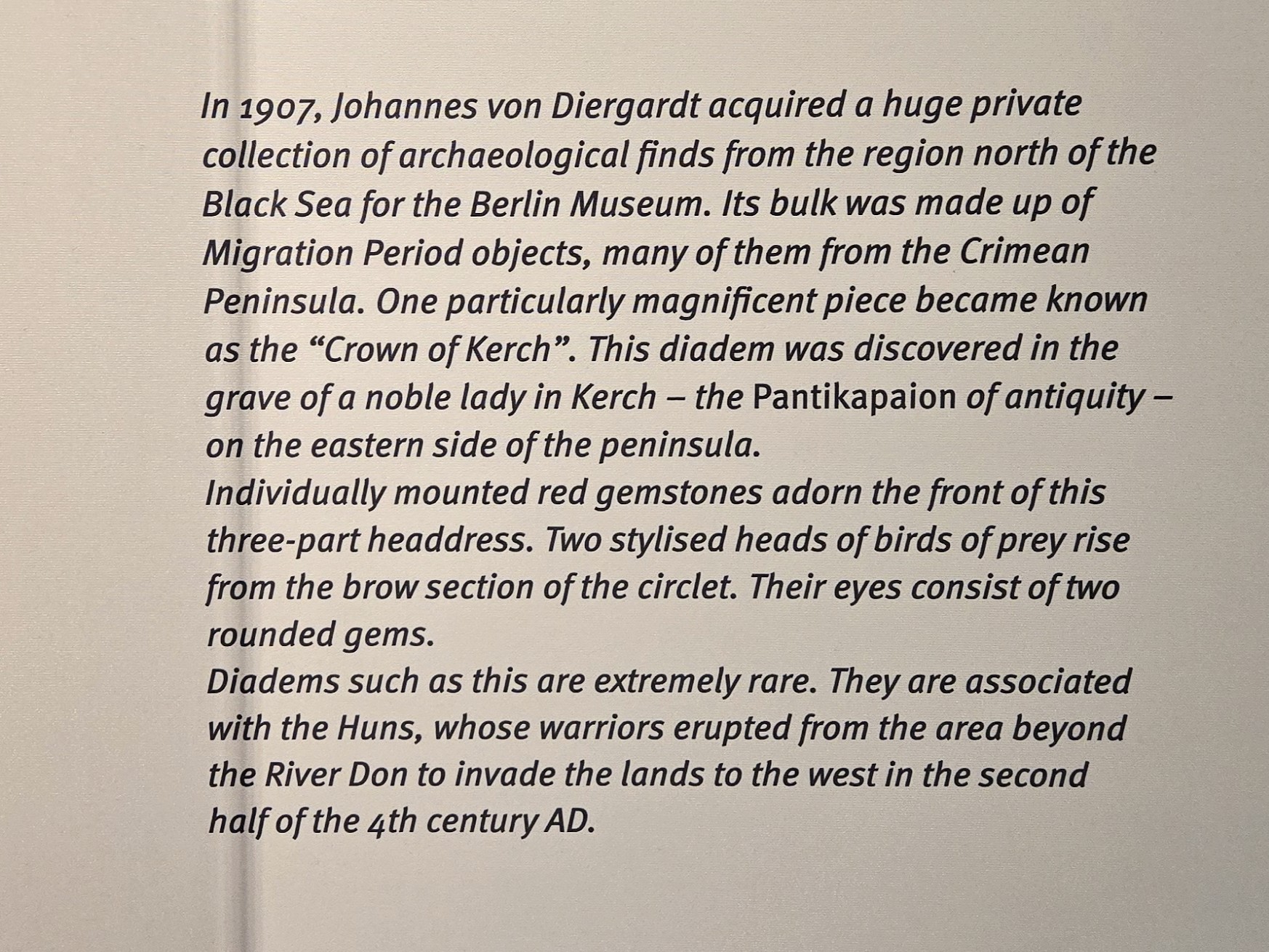
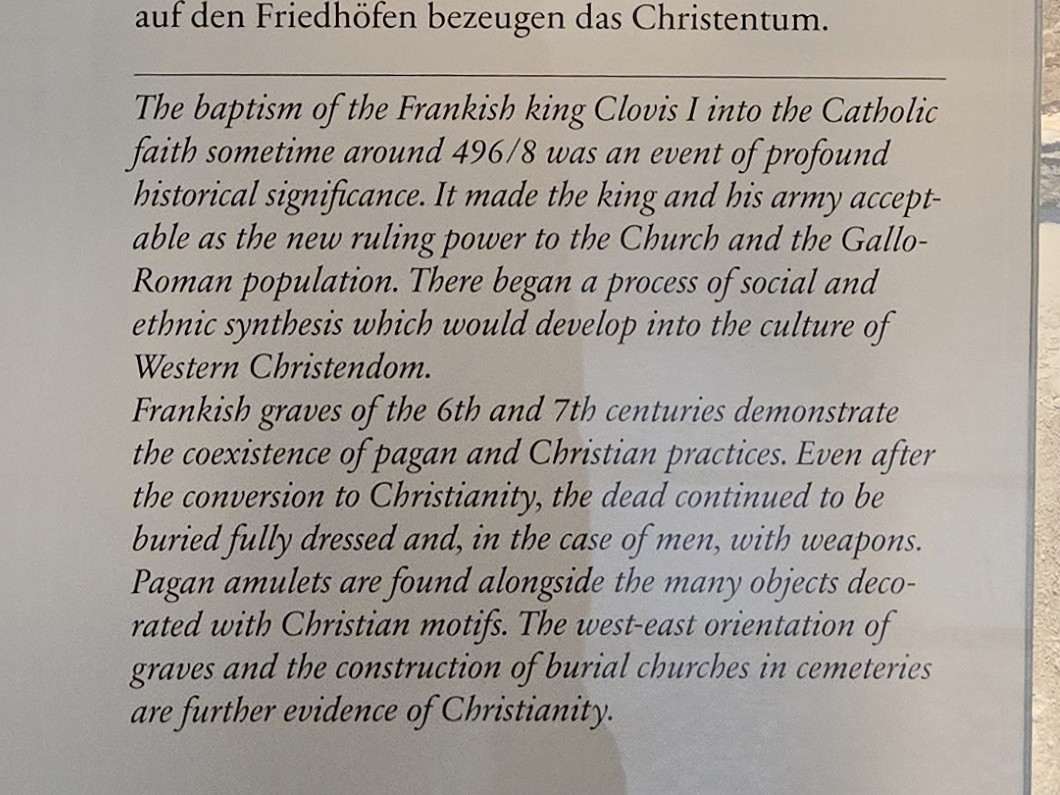










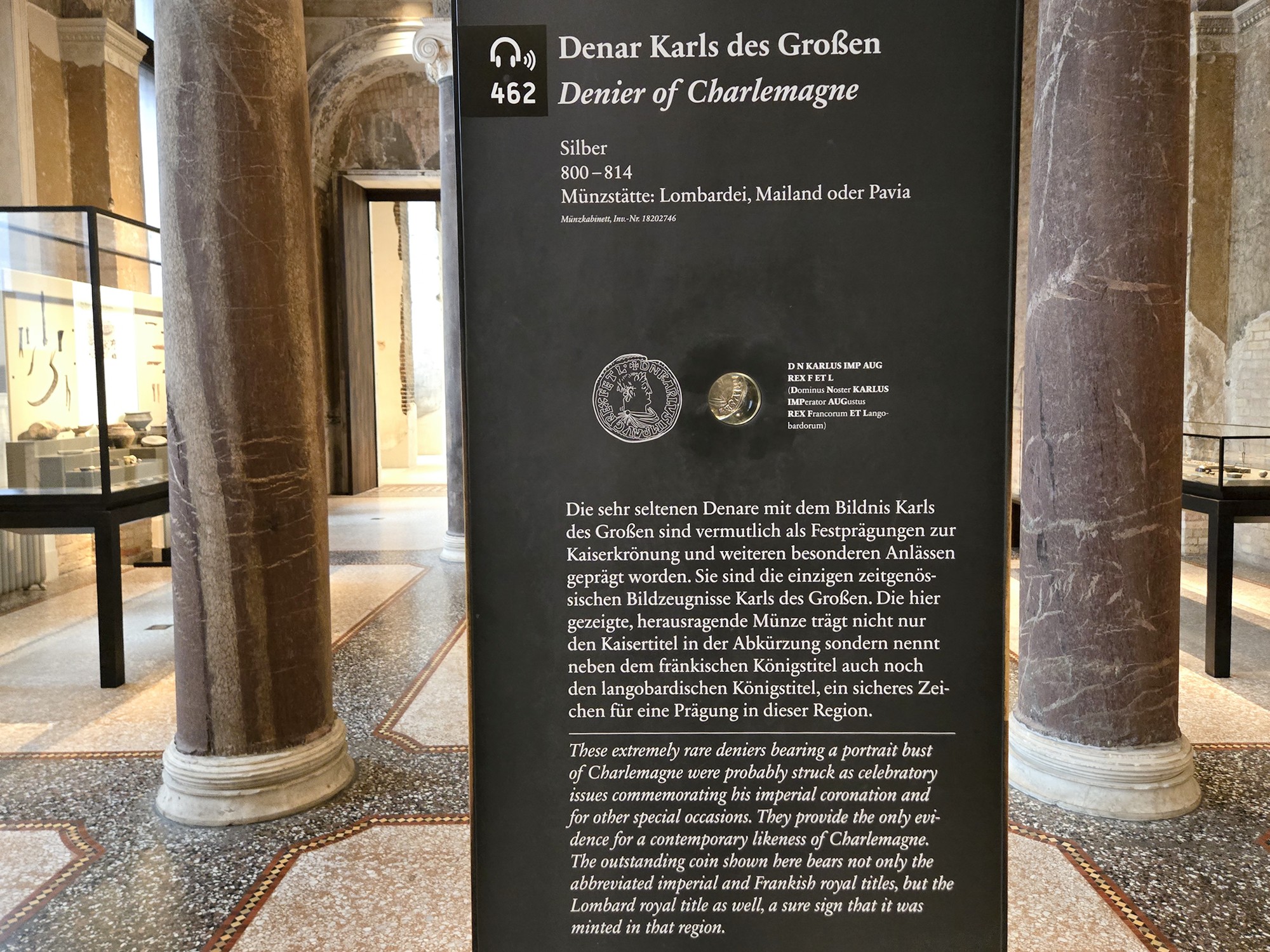


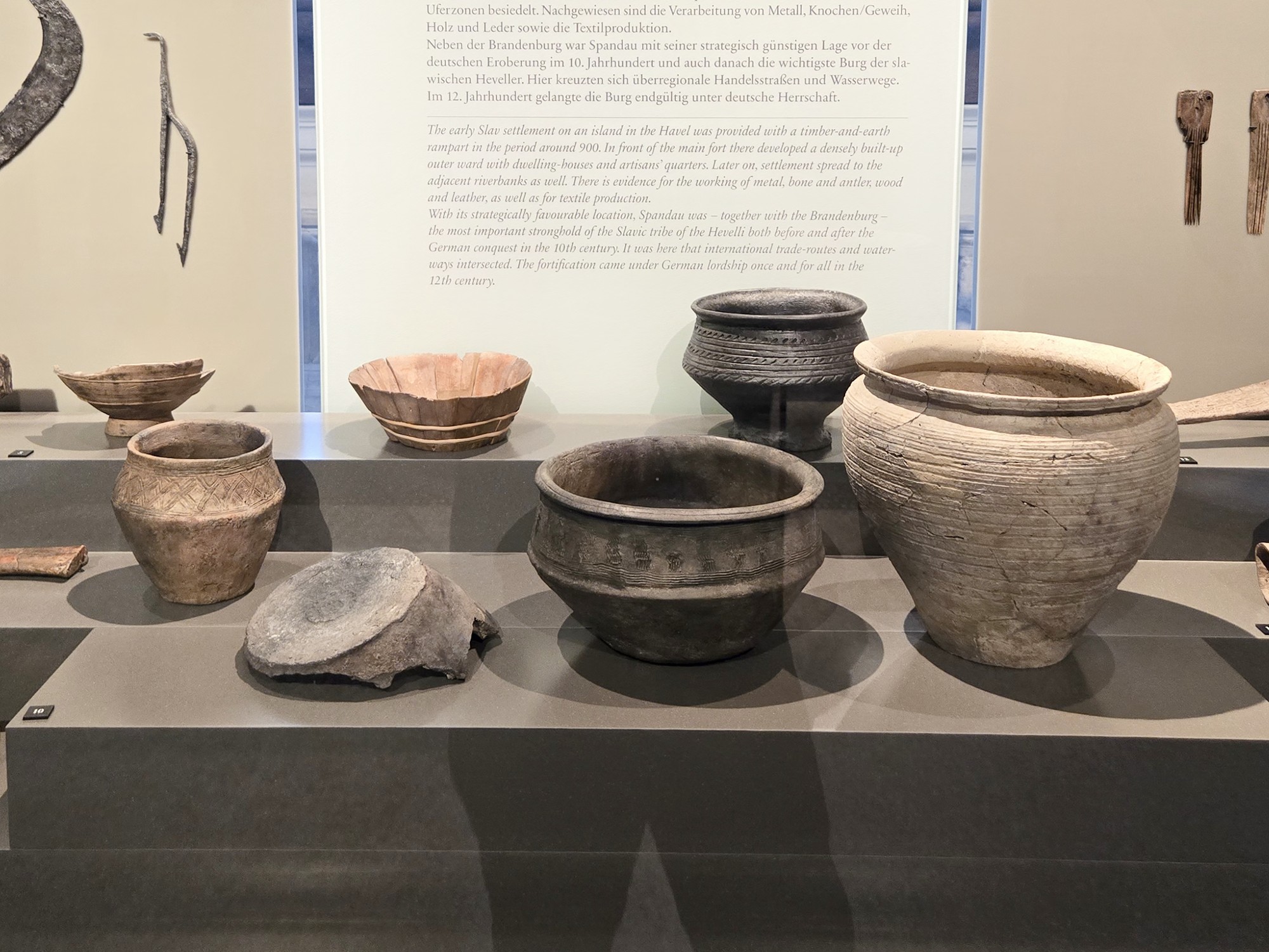


More Egyptian Artifacts













European Section

Artifacts found under the Rhein River











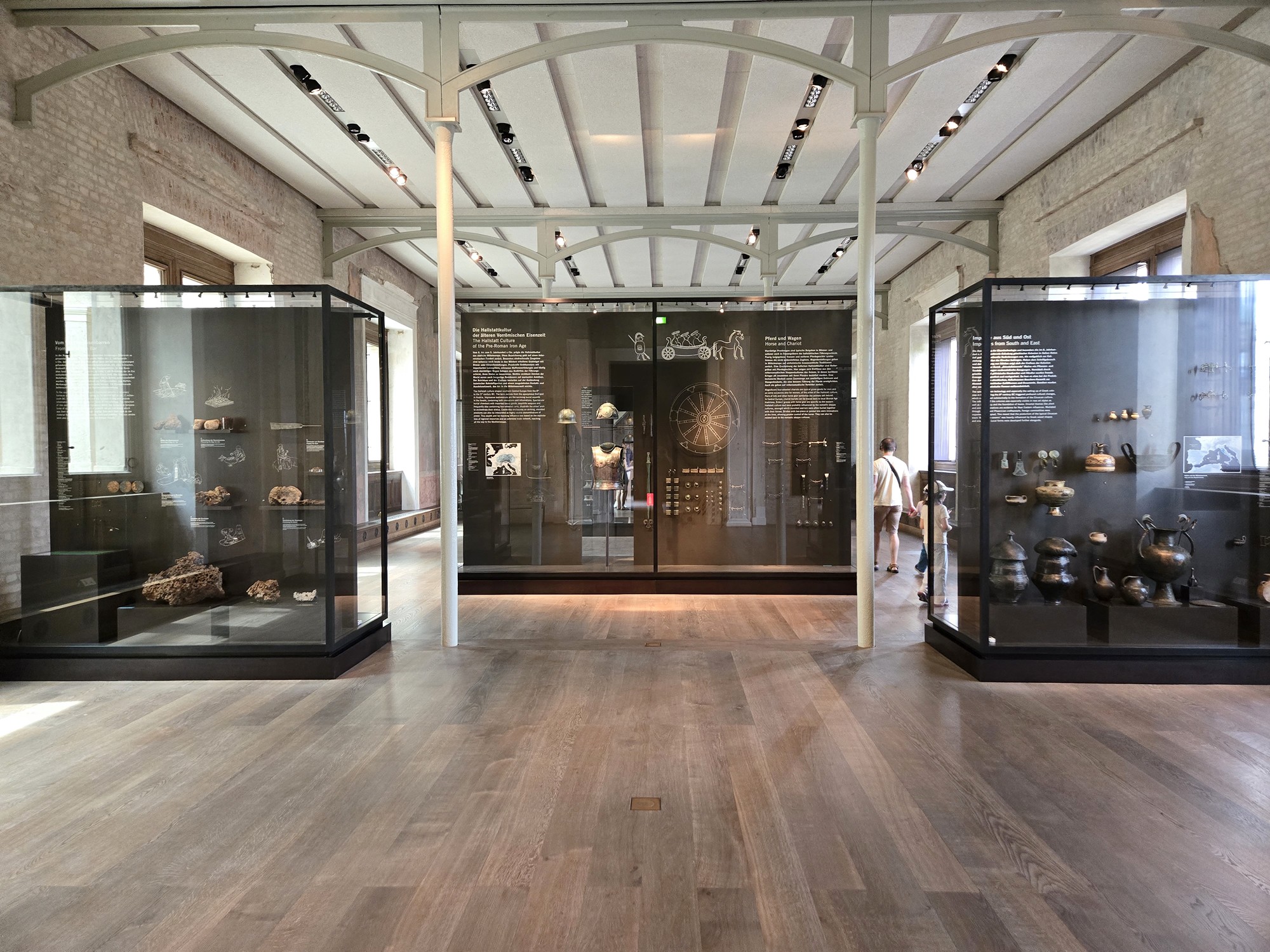


Artifacts found near Berlin, Germany



